The 10 most powerful aphrodisiacs and their incredible stories
Categories: Food and Drinks
By Pictolic https://pictolic.com/article/the-10-most-powerful-aphrodisiacs-and-their-incredible-stories.htmlOysters, avocado, chocolate, honey… Perhaps everyone has heard something about aphrodisiacs that arouse passion. But few people know why these products are considered so popular with lovers. At the same time, each of them has its own fascinating story.

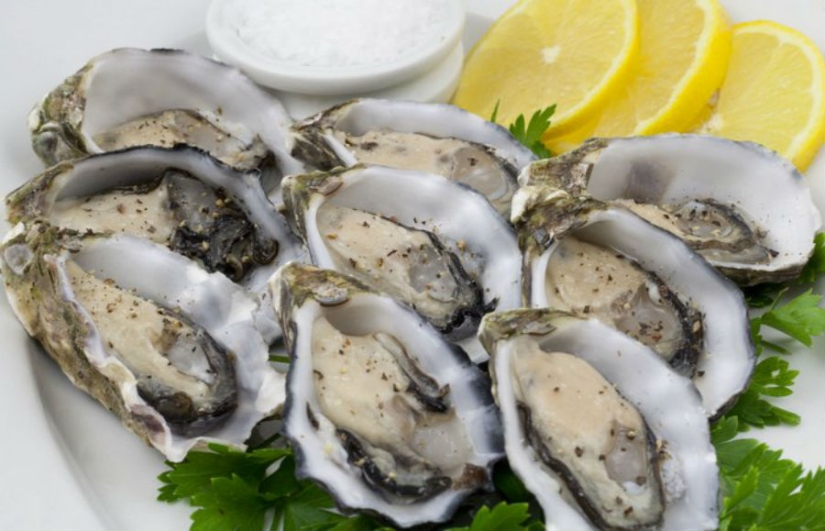
According to rumors, the famous hero-lover Casanova ate fifty oysters for breakfast, so that after dinner he would be on top on the love bed. And in ancient Rome, oysters were a mandatory treat at orgies, doctors prescribed them as a cure for impotence. Why did the unfortunate mollusks suffer so much? It turns out, just for the appearance. An open oyster resembles a woman's labia.
Another reason is the peculiarities of reproduction of this creature. An oyster shoots a jet of liquid containing germ cells directly into the water, which every man will envy. Apparently, ancient doctors believed that this ability is transmitted to everyone who eats them.
Oysters also have their own mythological history. According to one of the legends, Aphrodite — the goddess of love and passion — emerged from a shell and reached the shore on it. Since then, shellfish have been considered sacred animals, and pearls are a magical stone that helps in love.
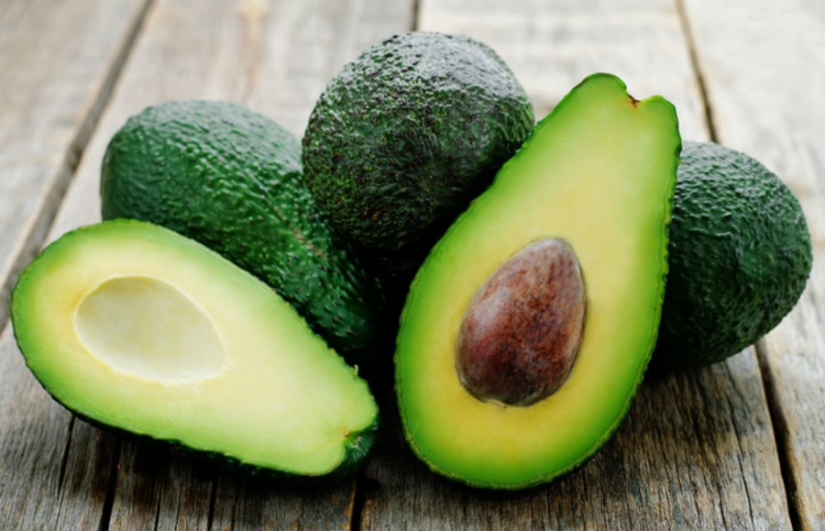
Louis XIV was very fond of avocados and was sure that they increased his libido. Avocado has a soft creamy texture that creates unusual sensual sensations. But the fact that this green fruit with a kind of wrinkled skin began to be considered an aphrodisiac, the appearance is "to blame" again. The fact is that these fruits grow on the branches in pairs and it resembles a certain part of the male body. The Aztecs called this fruit the same word that testicles were called.
When the Spaniards got acquainted with the Aztec culture, avocado proved itself well as a fruit of love. And the navigators simply could not help but bring a fruit with that name to Europe. They renamed it "alligator pear", which was decent than the original name. In the end, the name "avocado" was established, indicating the similarity of the fruit with bird eggs. And the glory of avocado, as a fruit that excites passion, has reached our days.

Nuts have been known as an aphrodisiac since ancient Greece. No wonder almonds in sugar were a traditional treat at weddings in many countries. The Hellenes blessed the young with almonds to ensure a fruitful union. The belief says that an unmarried girl who dreams of marriage should keep an almond nut under her pillow. In Morocco, after the wedding night, the bride distributes almonds to children to ensure good luck in the birth and upbringing of heirs.
In India, treating a person of the opposite sex with almonds is a direct offer of love. The connection between almonds and human reproductive functions goes back to the Bible. Numbers 17:1-8 tells the story of the rods given to the children of Israel. Aaron received a rod for the Levi family and his rod blossomed and fructified with almonds, which meant that his family was blessed and would continue forever.
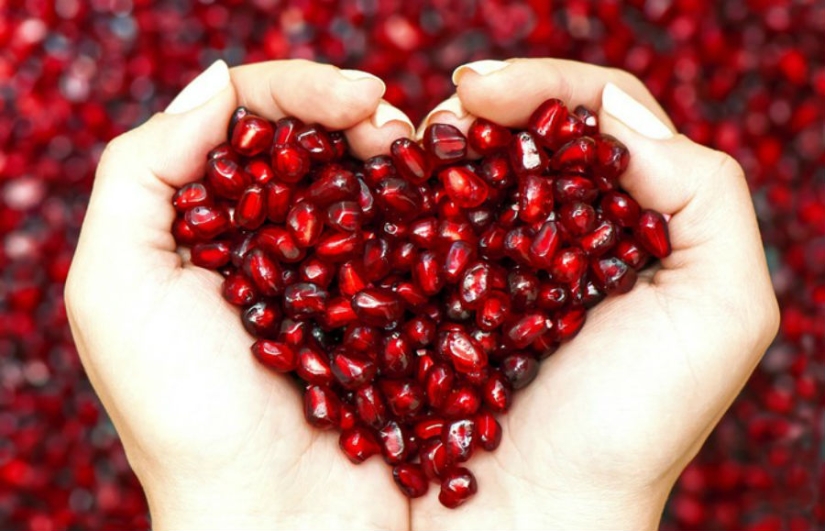
Another product whose history goes back to Aphrodite. According to legend, she grew the first pomegranate tree on the island of Cyprus. This fruit is simply created to be a symbol of fertility. The opened pomegranate fruit is overflowing with bright juicy blood-colored grains. Red as the blood of a virgin, pomegranate juice connects him with another ancient Greek goddess — Hero.
Hades gives seven pomegranate seeds to Persephone so that she can return to him in the underworld. The Hellenes believed that the spring awakening of all living things was connected with the arrival of Persephone to the surface, and winter was coming during the time she spent in the lower kingdom.
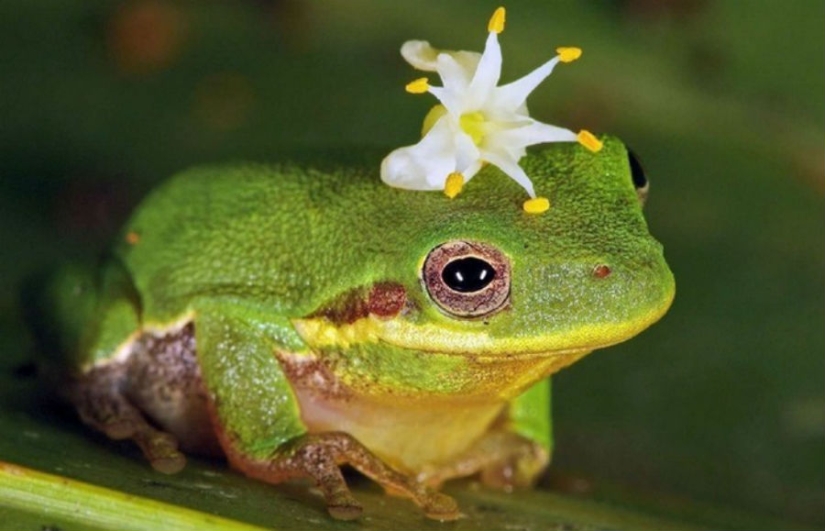
Bufadienolides (from Lat. bufo — toad) — substances that cause hallucinations. They are produced by the skin glands of some frog species. Especially brave adventurers licked the skin of toads in order to plunge into a hallucinogenic state. In the nineties of the last century, a narcotic drug obtained from the secretions of toad glands caused a chain of deaths.
People died after swallowing the drug — they suffocated, and their heart stopped. At the same time, the Chinese have successfully used this drug for many centuries. Chan Su is a drug made from toad toxins, reduces swelling, dulls sensations, and also enhances orgasm when applied externally to certain parts of the body. You can't help but wonder where the fairy tale about the frog princess came from: a kiss leads to hallucinations and is associated with sensual arousal.

At the beginning of the XX century, the number of rhinos on Earth was about half a million. By the beginning of the XXI century, it had shrunk to several thousand and continued to decline. Poachers exterminate rhinos for the sake of a single part of his body.
In Chinese medicine, rhino horn was used for a variety of purposes — from evil spirits, from poisoning, from arthritis, from colds and fever, from snake bites. Have you noticed that there is nothing about arousal and fertility in this list? That's right, rhino horn has never been considered an aphrodisiac. This is a grand misunderstanding, a mistake, it is unclear when and by whom it was expressed for the first time in the fifties. By the 1960s, the false theory was widely cited, especially after it was repeated by the famous anthropologist Louis Leakey.
The fact that somehow can connect the rhino horn with masculine forces is the use of a dagger with a handle made of rhino horn in the initiation rite of boys in the Middle East. The ancient Greeks believed that the horn neutralizes poisons, the Persians — that the liquid poured into a glass from the horn of a rhinoceros will bubble if there are poisons in it. But nowhere and nothing about sexual arousal.
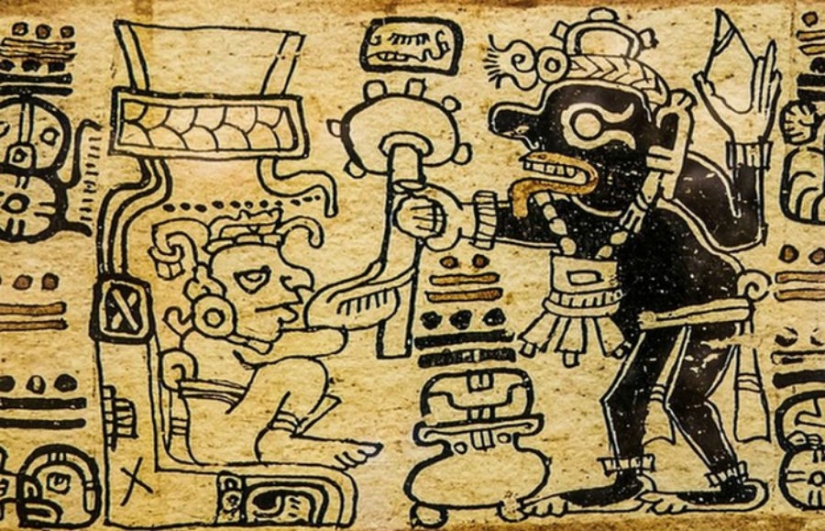
A box of chocolates in the form of a heart has long been an attribute of Valentine's Day. Chocolate promotes the production of serotonin, the "hormone of happiness", but scientists have not yet found any substances that cause sexual arousal. In small doses, chocolate is just a treat. However, it is constantly at the top of the lists of aphrodisiacs. The first mention of chocolate dates back to the Mayan and Aztec era. In both civilizations it was consumed as a drink. Hard chocolate is a much later invention. Many records have been found about the role of chocolate in Maya culture.
It was generally available, but it was considered a drink of the gods. Chocolate was a mandatory part of the rituals of engagement and marriage. But chocolate was not only involved in joyful ceremonies. The Aztecs sacrificed people. And the victims were literally pumped with a chocolate drink to increase their readiness for the ceremony. Chocolate seeds were so valuable that they were used as currency. The Aztecs considered chocolate a gift of Quetzalcoatl — he stole it from the gods and gave it to people, for which he was expelled from the Aztec paradise.
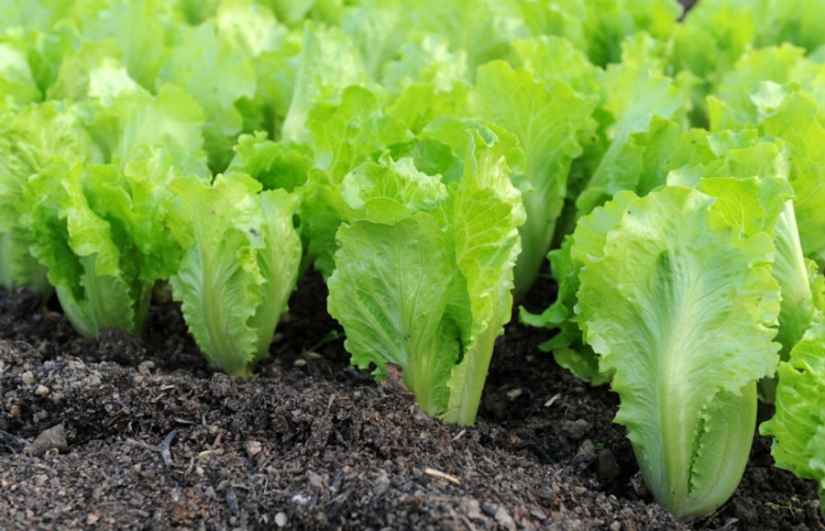
Some products can be called anti-aphrodisiacs. In ancient Greece, a wife served her husband a salad if she wanted to cool it and send a message: "keep your hands to yourself." Lettuce suffered such a fate because of the role he played in the story of Aphrodite and Adonis, her mortal lover. Their love story is tragic. Erimantos, the son of Apollo, spied on them, for which he was turned into a boar. In this image, he attacked Adonis in a salad field. And he killed the young man.
Aphrodite cleaned her lover's deathbed with lettuce leaves, forever linking the salad with the theme of death and impotence. And Aphrodite's other lover, Phaon, suffered the same fate.Nikander Kolofonsky secured his bad reputation for the salad by transferring information from myth to pseudoscience. He claimed that salad makes a man impotent, no matter how much he wanted a woman before that.
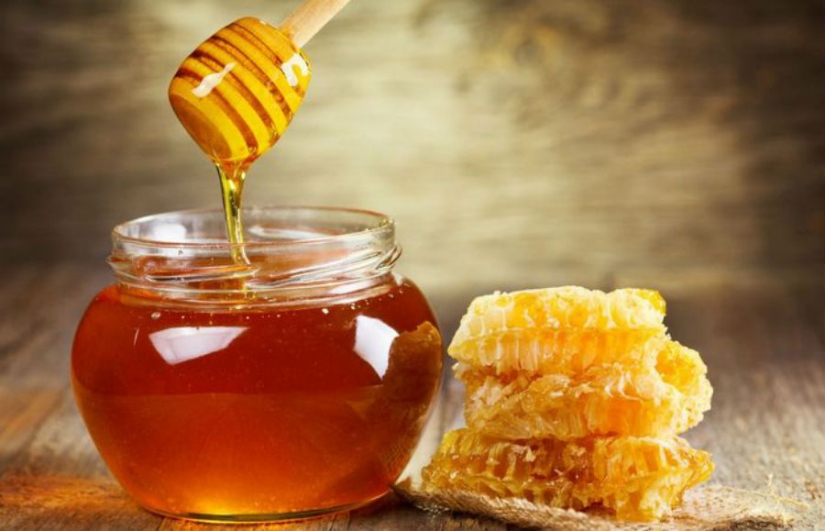
The most powerful aphrodisiac is honey. Even the first, most romantic, period of the newlyweds' life together is called the "honeymoon" in honor of the intoxicating honey drink that the ancient Greeks used to increase libido. The honeymoon tradition dates back to ancient Persia, where the newlyweds had to drink honey every evening for thirty days after the wedding. The tradition was so strong that the honor for the birth of a child conceived in this month was attributed to the producer of mead.
It contains many useful substances that contribute to the health of the reproductive system. It relieves stiffness and promotes excitement on the wedding night. Mead is the very first and most common alcoholic drink. Celts, Aztecs and Mayans drank it.
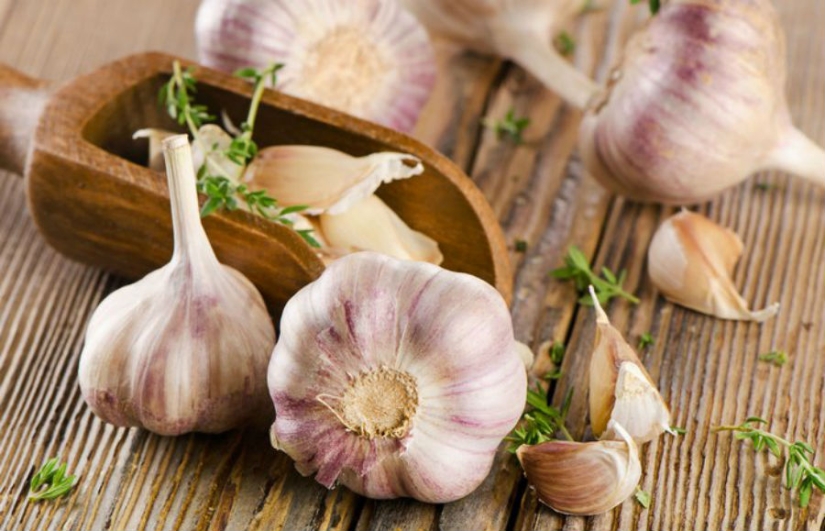
Perhaps the most unexpected aphrodisiac is garlic. It would seem that what could be more disgusting than the smell of garlic from a partner. The more interesting is the history of this aphrodisiac. The Talmud prescribes couples to use garlic on Fridays, the traditional day of fulfillment of marital duty. At the same time, sperm production increases, a warm feeling of happiness spreads throughout the body. In addition, it is believed that garlic extinguishes jealousy and helps people become closer.
Other cultures treated the odorous product differently. Muslims considered garlic and onions to be the product of Satan. The ancient Greeks and Romans could not stand its smell. In India, garlic is considered unworthy of the upper castes.Garlic has a dark history — the Nazis of the Third Reich identified Jews by the smell of garlic. So the strongest aphrodisiac also became a marker of death.
Recent articles

In the fall of 1972, Bill Yates traveled through the countryside in the vicinity of Tampa, Florida. At that time, he was studying ...

Severe cold weather does not give up its positions. We offer you to admire the magical photos of winter Europe, because snow and ...

Vladimir Lyubarov is an artist from the countryside who paints pictures of real life. But he brings amazing characters, birds, and ...